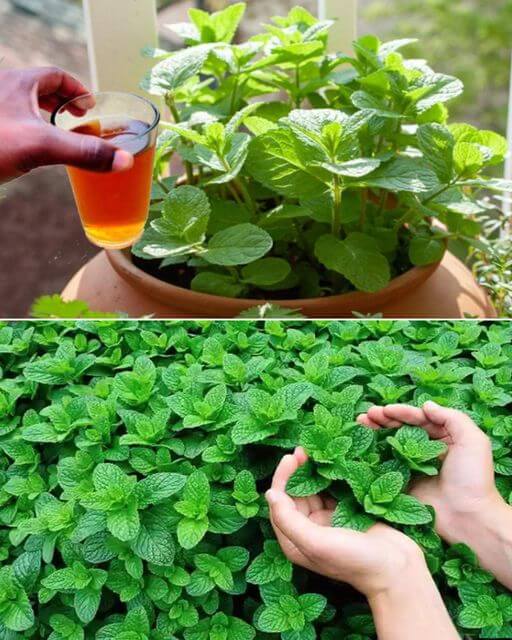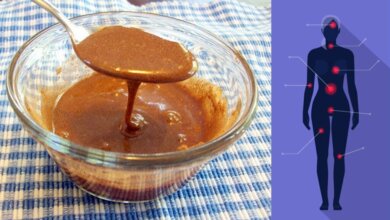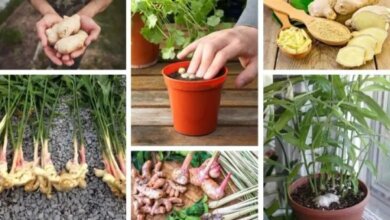Growing an Abundance of Fresh Mint in Containers: A Complete Guide

Mint is a versatile and aromatic herb that can enhance many dishes, from salads to desserts. Growing mint in containers is a fantastic way to ensure a fresh supply year-round, even if you have limited space. Here’s a complete guide to help you cultivate an abundance of fresh mint in containers.
Choosing the Right Container
Start by selecting a container with good drainage. Mint is a hardy plant, but it doesn’t like soggy soil. A pot that’s at least 12 inches in diameter and 10 inches deep is ideal. Make sure it has drainage holes at the bottom to prevent water from pooling.
Soil Preparation
Mint thrives in well-draining, nutrient-rich soil. Use a good quality potting mix and consider adding some compost to enhance fertility. Avoid using garden soil, as it may compact and hinder drainage.
Planting Your Mint
You can start mint from seeds, but it’s much easier and faster to use cuttings or small plants from a nursery. Plant them about 1-2 inches deep in the soil. If you’re using cuttings, ensure that the nodes (where the leaves grow from) are buried, as this is where roots will form.
Watering and Light Requirements
Mint needs consistent moisture to thrive. Water your container regularly, keeping the soil damp but not waterlogged. Place your container in a spot that receives partial to full sunlight. Mint prefers about 4-6 hours of sunlight each day.
Feeding Your Mint
Mint isn’t a heavy feeder, but it benefits from occasional fertilization. Use a balanced, all-purpose fertilizer once a month during the growing season. Alternatively, you can mix in a slow-release fertilizer at the time of planting.
Pruning and Harvesting
Regular pruning is key to a healthy, bushy mint plant. Pinch off the tips of the stems frequently to encourage branching and prevent the plant from becoming leggy. Harvest leaves as needed, but avoid taking more than one-third of the plant at a time to ensure continuous growth.
Overwintering
Mint is a perennial, but if you live in a region with harsh winters, bring your container indoors before the first frost. Place it in a sunny spot and reduce watering to allow the plant to go dormant. You can resume normal care when spring arrives.
Pests and Diseases
Mint is generally resistant to pests, but watch out for aphids and spider mites. If you notice any, rinse the leaves with water or use a mild insecticidal soap. Ensure good air circulation around your plant to prevent fungal diseases.
Enjoying Your Fresh Mint
Once your mint is thriving, you can enjoy it in a variety of ways. Add fresh leaves to teas, salads, and desserts, or use them to garnish drinks and dishes. Mint can also be dried or frozen for longer storage.
Growing mint in containers is a rewarding and easy way to have fresh herbs at your fingertips. With these simple steps, you’ll be well on your way to a bountiful harvest of this fragrant and flavorful plant. Happy gardening!




